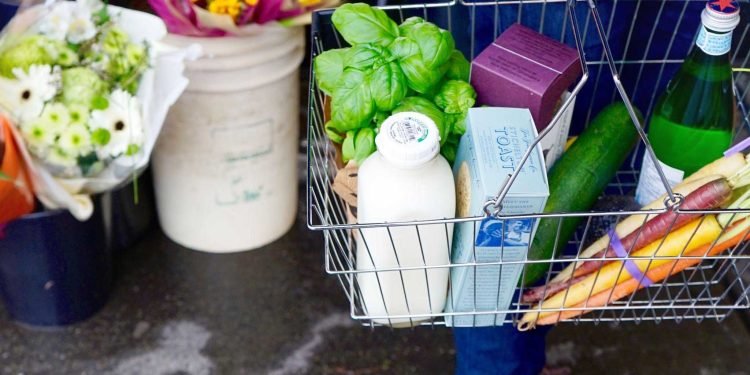If you want to give yourself and your family a healthier lifestyle, the grocery section of the grocery store should be your starting point. It sounds simple, but shopping for healthy groceries can be tricky because there are many choices and things to consider. That’s why we’ve collected some tips to help you make healthy food choices and get a better idea of what’s essential when it comes to buying them.
Plan ahead.
Start a healthy lifestyle even before you go shopping. Plan your meals for the week and create a shopping list. It only takes a few minutes and will help you avoid buying food you don’t need. Don’t shop on an empty stomach: Hungry people tend to make impulsive purchases that aren’t always healthy.
Read labels carefully.
Reading labels is crucial, especially when buying packaged foods. Be sure to check serving and calorie counts, look at portion sizes, and consider how many servings you eat. Don’t just count calories, pay attention to what you’re getting from them: compare them to the nutrients they offer. Try to avoid sugar by looking for foods and drinks with little added sugar. It’s the same with fat: look for foods that are low in saturated fat, trans fat, and cholesterol. You will find healthy fats in fish, nuts, and vegetable oils. Besides healthy fat, you’ll find many healthy food options like food high in protein and foods high in arginine that’ll benefit your overall health. Go ahead, do some research, read the labels, and choose the right match for you and your family.
What to consider when buying protein.
If you are not a vegetarian or vegan, look for proteins of animal origin – all the essential amino acids that the body needs can be found in one food, e.g., beef, lamb, or fish. Always try to buy fresh meat or fish. Beware of sellers who sell fish with a bad smell. The eyes of fresh fish should be bright and clear, without cloudy parts, and the fish should look clean and without faded spots. If the fish is pale in color, it means that it is not fresh.
What to consider when buying bread.
The first ingredient that should be found in bread is whole-grain flour. If the word “whole” is not on the label, then the bread is made from processed grains, meaning valuable nutrients have been lost. Don’t let the color fool you – if the bread is brown, it doesn’t mean it’s whole grain, manufacturers sometimes add molasses or other colors to make the bread appear darker.
You should also look for products that contain at least 1 gram of fiber for every 10 grams of carbohydrates: if a slice of bread contains 20 grams of carbohydrates, it should contain at least two grams of fiber.
Although the list of ingredients found in store-bought bread is usually longer than a bread recipe you would make at home, it does not mean all these ingredients are bad. Glycerol and ascorbic acid, for example, are not that harmful and simply help extend the shelf life of bread.
Celebrate seasonal fruits.
Make sure you always buy fresh seasonal fruits and vegetables. It is available everywhere, has a fuller flavor, and is generally cheaper. Also, look for seasonal and locally produced products at the local market. Buy smaller quantities more often because fresh vegetables and fruits do not last long. If you buy large quantities of fruit and vegetables, store them up to 3 times longer by freezing them to avoid unnecessary food waste.












